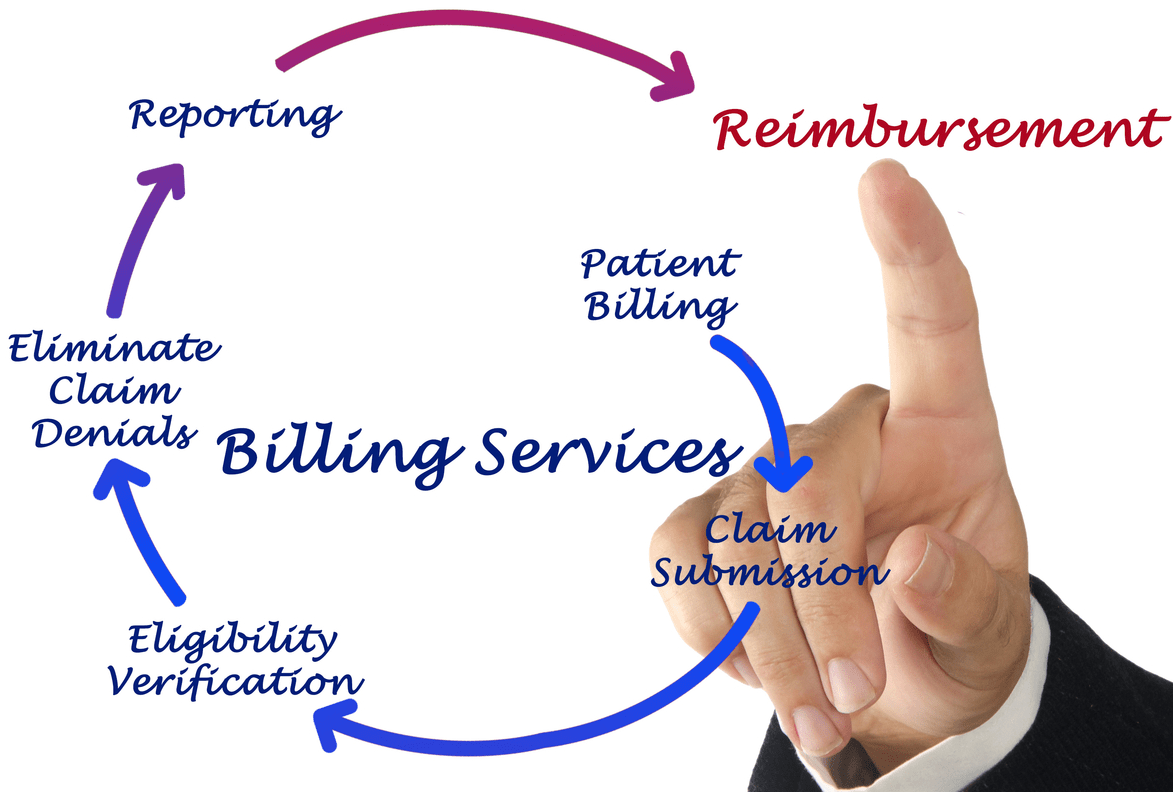Content Attributes
Procurement risk is the potential for failures during the procurement process of purchase services, products, or resources. Some of the most common types of procurement risk are fraud, delivery risks, quality, etc. Procurement risk management is the process of identifying, understanding, and grading risks so they can be better managed and mitigated.
Examples of Procurement Risk
- A company executive grants a contract to a supplier based on personal relations instead of qualification which results in high cost and low-quality products.
- An employee is lobbied with illegal means and bribes, such that they feel obligated to choose that particular supplier’s service.
Importance of Procurement Risk Management
All purchases and transactions have variables like vendor reliability, quality. Legal compliance, financial compliance, company reputation, etc. which exposes it to risk. Procurement risk management is of immense importance because procurement and all the related decision-making affects the organization in its entirety. Therefore, the procurement strategy should prioritize procurement risk management and risk mitigation to maximize efficacy and efficiency.
Types of Procurement, Its Management, and Mitigation
Corruption and Risk of Fraud –
- Some intentional procurement risks are theft, fraud, embezzlement, and corruption. This malicious risk is caused by a decentralized procurement process that is not transparent and kept under check. During risk analysis, this will definitely pop up some red flags.
- Procurement risk management- Automated procurement function, transactional information documentation, and cross-checking. Fully documented and auto-recorded transaction and procurement process.
Inefficient Supply Chain Management –
- A decentralized, opaque, and complicated vendor evaluation process along with accessible methods for requests, purchases, approvals, etc. make for the inefficient supply chain management. Rogue spending and false invoices will be the least of your worries in such situations. There will be an increased risk of late and duplicate payments. Suppliers will not have access to information that will help them offer you better deals and incentives.
- Procurement risk management – A centralized and cloud-based software to keep track of the procurement functions and overlook the supply chain management will make the supply chain more efficient. By assigning well-defined roles for purchase and approvals, you can eliminate the risk of rogue spending and false invoices. Tracking a vendor’s performance-related issues also becomes simpler.
Conclusion
By developing a close to perfect as possible procurement risk management and mitigation plan to solve the problems which showed red flags during the risk analysis stage, you can avoid business losses, damage to reputation and service quality, etc.



